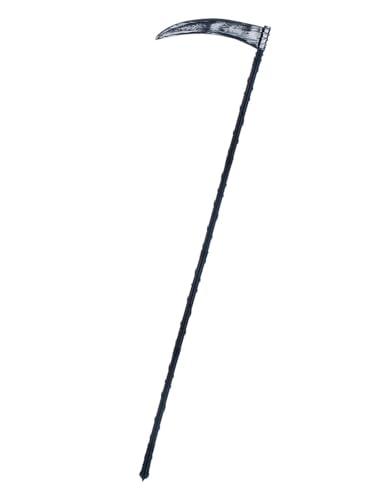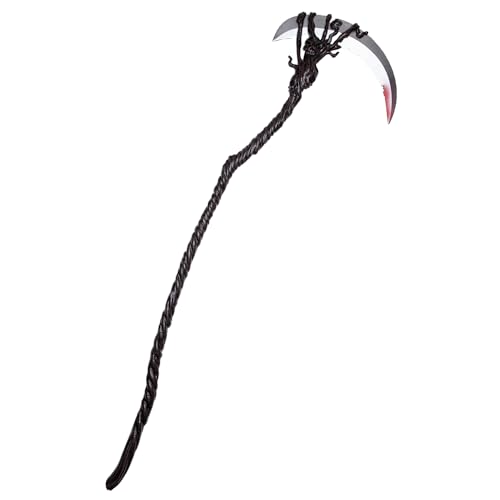Regular Cleaning and Maintenance of Scythes:
Scythes, being manual cutting tools, do require regular cleaning and maintenance to keep them in good working condition. This maintenance involves a few simple steps and the use of some basic tools.
Tools Required for Scythe Maintenance:
To properly maintain a scythe, you will need the following tools:
- Whetstone or Honing Stone: Used to sharpen the blade of the scythe.
- File: Used to remove nicks or burrs from the blade.
- Hacksaw: Used to remove any damaged or bent parts of the scythe.
- Wire Brush: Used to remove any rust or debris from the blade.
- Screwdriver: Used to tighten or adjust any screws or bolts on the scythe.
Cleaning the Scythe:
Before starting any maintenance work, it is important to clean the scythe properly. Begin by removing any grass or debris from the blade using a wire brush. This will prevent any dirt from getting in the way of the sharpening or filing process. Next, use a damp cloth or rag to wipe down the entire scythe, removing any dirt or grime. Finally, dry the scythe completely to prevent rusting.
Sharpening the Blade:
Sharpening the blade of a scythe is essential for efficient cutting. Start by securing the scythe blade in place using a vice or clamp. Using a whetstone or honing stone, begin sharpening the blade by moving the stone in a circular motion along the cutting edge. Make sure to maintain a consistent angle, usually around 30 degrees, while sharpening. Continue this process until the blade becomes sharp and shiny. After sharpening, remove any burrs or rough edges using a file. This will ensure a clean and smooth cutting surface.
Inspecting and Replacing Parts:
Regular inspection of the scythe is important to identify any damaged or worn-out parts that may need to be replaced. Check the blade for any signs of bending, cracks, or other forms of damage. If the blade is damaged beyond repair, use a hacksaw to remove the damaged portion and replace it with a new blade. Additionally, check the handle for any signs of wear or damage. If necessary, sand down any rough areas and apply linseed oil to protect the wood.






